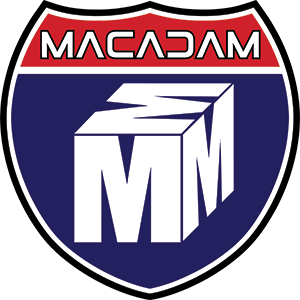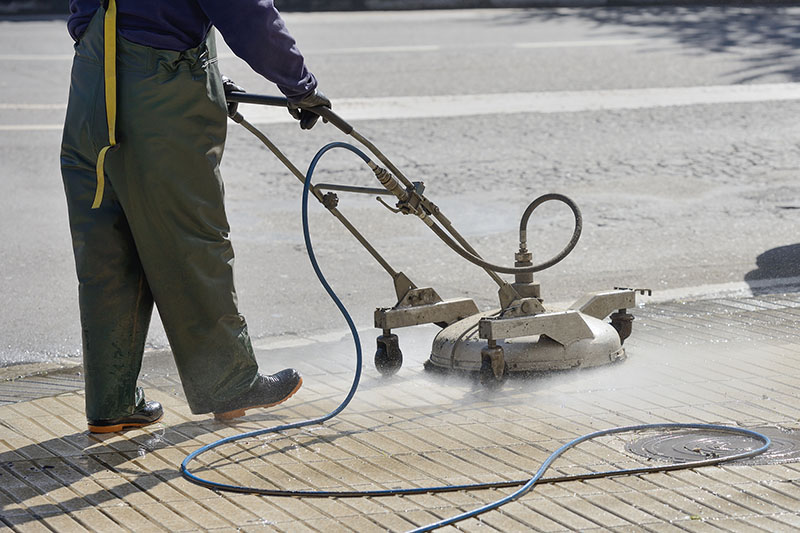Over time, any surface can and will degrade, acquire buildup of dirt or other materials, or otherwise be in need of a thorough cleaning, such as before the application of new concrete or coatings. For these applications, water blasting is an effective way to prepare, restore, or clean various types of surfaces.
Blasting in at over 30,000 PSI, this process can remove up to 1/8″ in of your existing surface, leaving it fully prepped and ready for a new coating, paint, or sealer.
Water blasting can also be used on vertical surfaces as a safer, more cost-effective alternative to shot blasting.
Water blasting is useful for a variety of situations for concrete, asphalt, or other surfaces.
Before applying a new coating or overlay, water blasting can help prepare the surface and ensure proper adhesion. This process will remove old coatings, stains, and other buildup, creating a clean and roughened surface that will help the new materials adhere properly.
It can also repair old surfaces by removing damaged or deteriorated materials from the surface, exposing the clean surface underneath for repair or replacement.
Parking lots, parking structures or decks, driveways, sidewalks, bridges, and other structures can benefit from water blasting to remove dirt, stains, and other buildup to expose the original surface beneath. It can even remove graffiti or other vandalism, as well as provide a safer surface when removing oil, grease, or other slippery substances.



